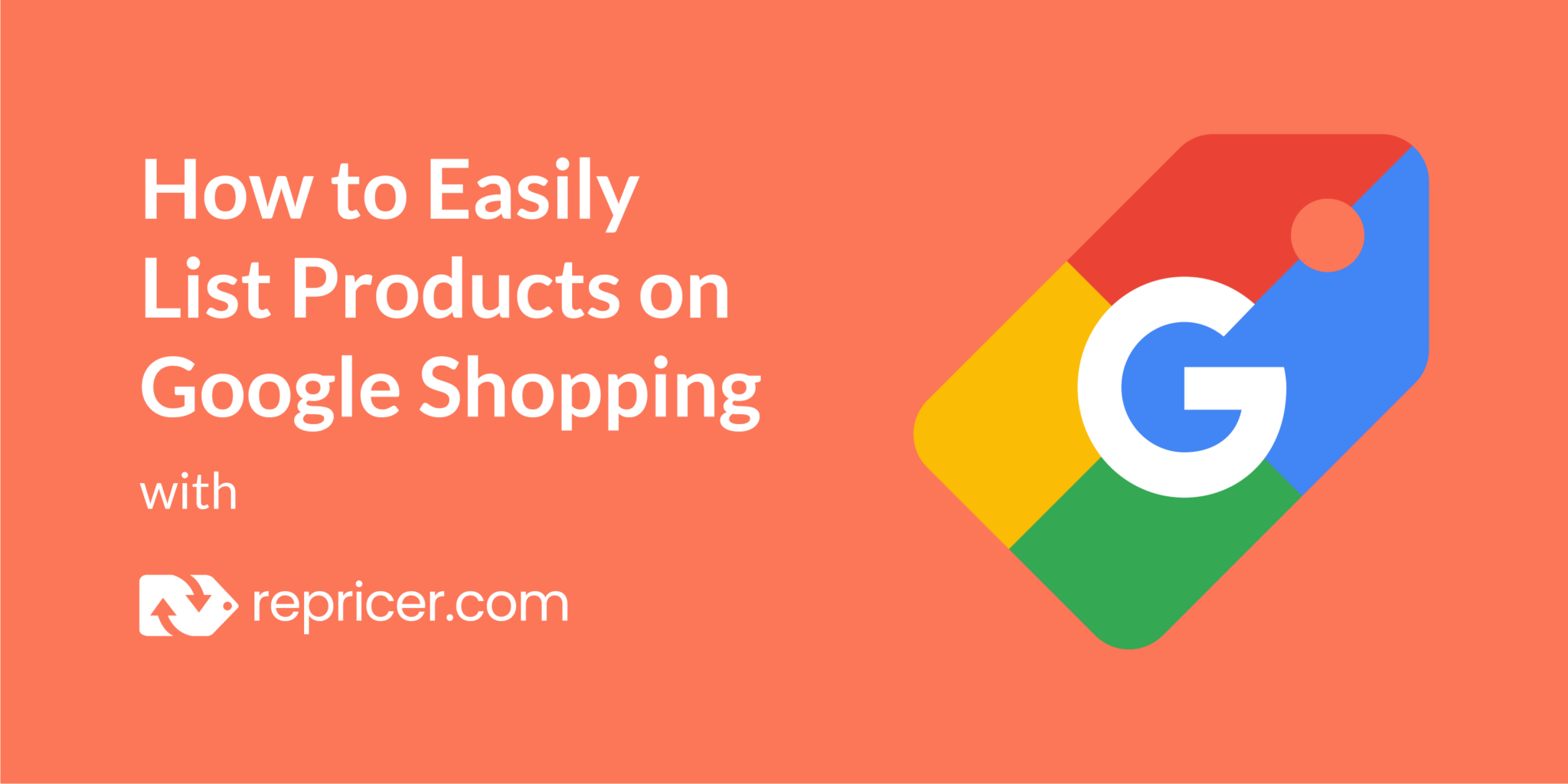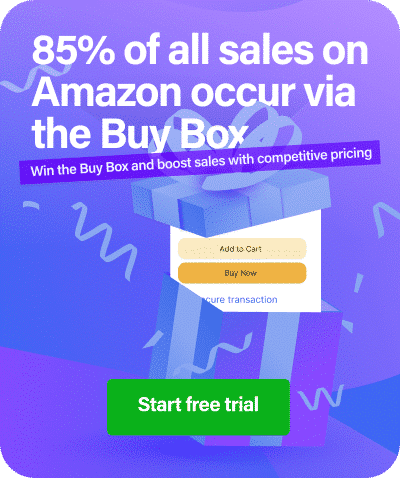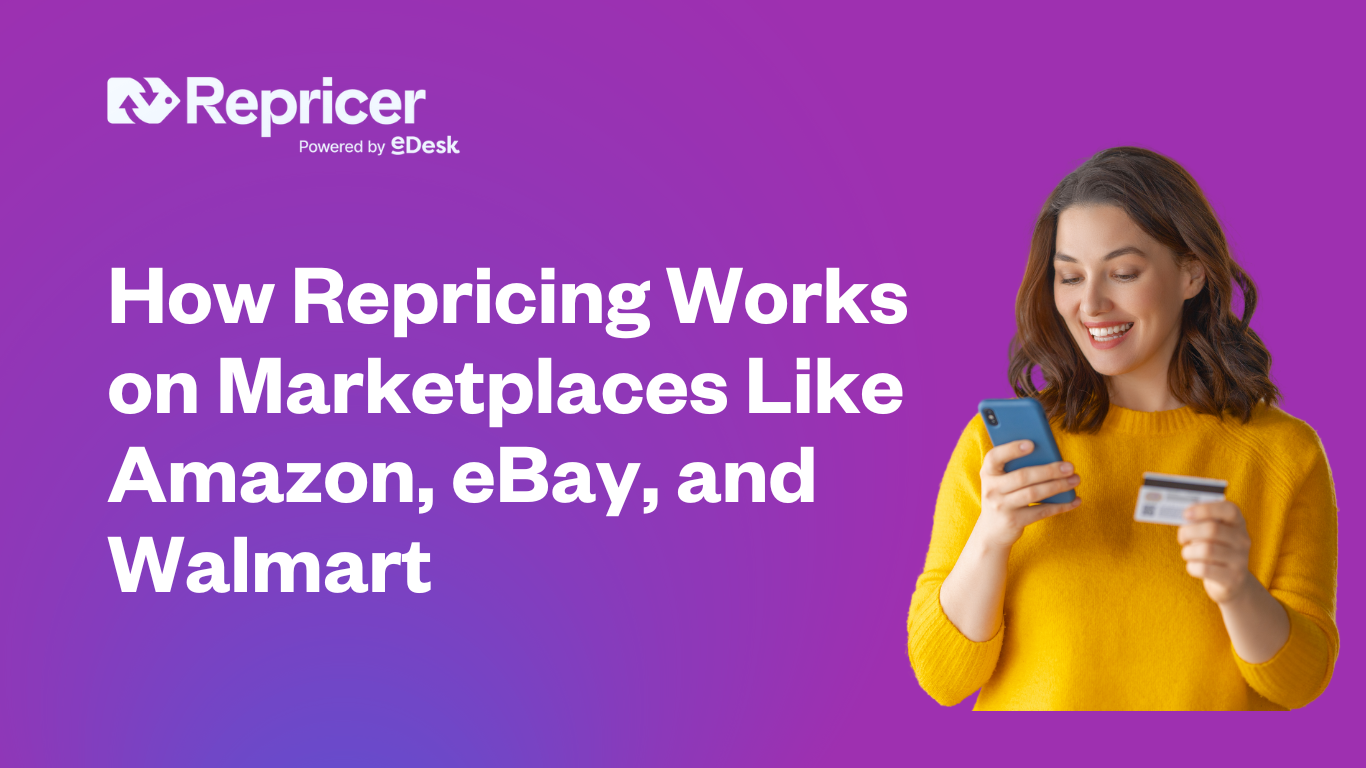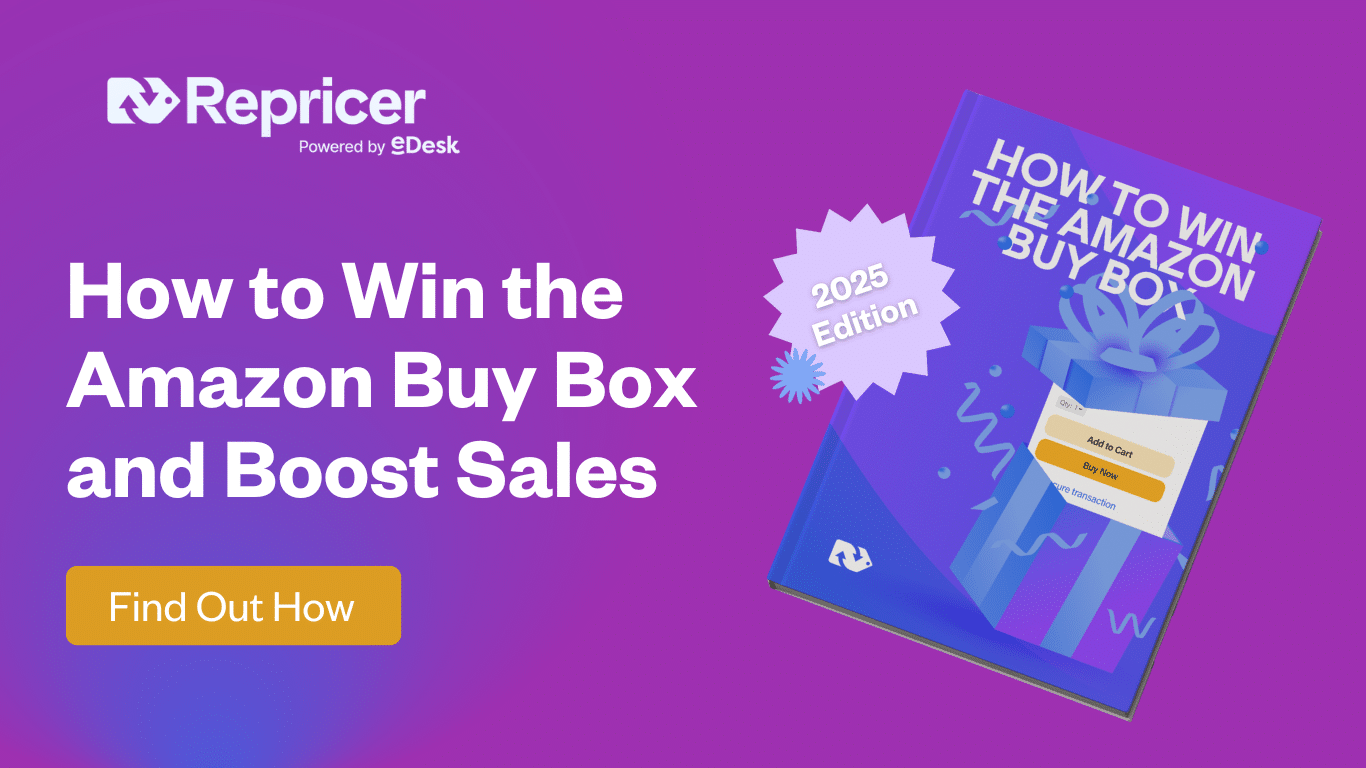For online sellers, having your products listed on Google Shopping is a no-brainer. Google Shopping allows ecommerce sellers to sell their products on Google Search. When a customer searches Google for a product, Google Shopping listings are often the first thing they see. This is a huge advertising opportunity for online sellers.
In a previous post, we outlined the benefits of selling on Google Shopping. If you missed it, here’s a quick recap:
- Unlike Google Ads, Google Shopping adds a visual component (product images) which is much more aligned with a true shopping experience. It’s one of the reasons why Google Shopping has 30% higher conversion rates than text-only ads.
- Google Shopping lets online sellers reach customers who have high purchase intent. These are customers that have gone on Google specifically to look at the type of products you sell.
- Google Shopping allows online sellers to adopt a multichannel strategy. For those that have a webstore, Google Shopping is a great way of driving traffic. For those who use online marketplaces but are considering opening their own webstore, Google Shopping makes that prospect a lot more attractive.
Adding and Managing Products on Google Shopping
If there is a downside to Google Shopping it’s that getting your products listed, and actively managing your listings thereafter, can be a complex process. When you have a lot of products, this can be difficult to manage.
That is where Repricer.com’s Google Shopping Module comes in. Our Google Shopping module helps sellers advertise on Google’s network, driving traffic from highly engaged prospects.
In this post, we will show you how Google Shopping is made easy with Repricer.com. This is broken down into three key areas:
- Onboarding
- Feed management
- Customer Support
1. Onboarding – Getting Your Products Listed on Google Shopping
Before your products can be listed in Google Shopping, you must first onboard them onto Google’s platform. This onboarding process doesn’t include the management of your feed, which is arguably the most laborious aspect of Google Shopping.
If you were to onboard by yourself, you must complete the following steps.
- Set up a Google Merchant Center Account: A Google Merchant Center Account is what allows you to get your products onto Google and thus make them available to Google shoppers.
- Create a Google Ads Accounts: Google Shopping is not an online marketplace like eBay or Amazon. Instead, it should be considered more like an advertising or promotion channel. In order to promote your products on Google Shopping, you will need a Google Ads account.
- Link the Merchant Center Account and Ads Account: Many vendors will already have a Google Ads account but for Google Shopping to work, you must connect your Merchant Center account with your Google Ads account.
- Verify Your Web Domain: Before you can start using Google Shopping, you need to verify and claim your store’s URL. Verification lets Google know that you are an authorized owner of your website. Claiming your web domain then associates the verified website URL with your Merchant Center account.
- Claim Your Webstore: Only one merchant can be used per webstore. Once the domain is claimed, you then need to claim the webstore itself.
- Add Google Remarketing Tags: The global site tag is a web tagging library for Google’s site measurement, conversion tracking, and remarketing products. It’s a block of code that adds your website visitors to remarketing lists, which will allow you to target your ads to these visitors.
- Add Conversion Snippets: The final step of the onboarding process is by far the most challenging. In order to track customers throughout the buying process, you need to add conversion snippets onto every product page and onto your checkout page. Depending on the number of products you have, this can be a very long and drawn-out process.
If you are to go it alone, those are the steps you must follow. We’ve done you a favour and outlined them in a very succinct way. Figuring out the process can be a task in itself. However, Google does provide useful guidance.
Getting Your Products Listed – Made Simple With Repricer.com
When you sign up for Repricer.com, we make this onboarding process infinitely more manageable. Within Repricer.com, you are given the option to hook your webstore up to Google Shopping.
From there, you follow a series of prompts where we automatically create a Google Merchant Center, a Google Ads Account, and link the two. You are then asked to install a plug-in onto your webstore. This automatically takes care of the remarketing tags and conversion snippets. And then, you’re done. That’s it! The entire process takes less than five minutes.
Please note: The plug-in, which transforms the process of individually adding remarketing tags and conversion tags to every page, is currently only available for Magento, WooCommerce or PrestaShop. If your webstore is hosted on Shopify or BigCommerce, we provide you with detailed instructions that significantly simplify the process.
2. Feed Management – Managing Your Google Shopping Products
Onboarding is a one-time task. However, managing your product data feed is an ongoing process. Your product feed tells Google all about your products. This data is essential because it helps Google find and display your products when people search for certain product terms or attributes. This data (SKUs – Stocking Keeping Unit) includes product IDs, product title, product description, link, availability, price, product images, brand name, and Google shopping category amongst other attributes.
When going it alone, this step is one of the most arduous of the entire Google Shopping experience. Not only is the initial upload a manual, laborious process but you then need to keep your product information up to date at all times going forward. This becomes a constant, ongoing endeavour.
Automatically Manage Your Google Shopping Feed With Repricer.com
With Repricer.com’s Google Shopping module, your product feed is taken care of automatically. Our software pulls SKUs and relevant data directly from your webstore (Shopify, Magneto) and pushes it out onto your Google Merchant Center account on a continual basis. Automatically pulling data from your webstore removes a major headache for eCommerce sellers, making Google Shopping easier, faster and more manageable.
3. Ongoing Support
Let’s be clear. We’re massive supporters of Google Shopping and believe that it’s brought a whole new dimension to online selling. That being said, if you set up a Google Shopping account by yourself, your only point of contact is directly with Google Support. If you have an issue, you join a long list of hundred of thousands of vendors. That’s a lot for any one platform to manage.
When you sign up for Repricer.com, we have the resources to be extremely high-touch and are readily available when needed. Our team is highly experienced with Google Shopping. We are there to help if you’ve any issues with onboarding, feed management or getting the most out of your listings.
There’s Never Been a Better Time to Try Google Shopping
2020 has been a crazy year for online sellers. With the world still in flux because of the Covid-19 pandemic, the focus has firmly been placed on online shopping. Google has responded by making Google Shopping free for all merchants to sell on. For online sellers, it is a channel that simply must be explored.
With the Google Shopping module on Repricer.com, it’s easier and faster to get your products listed and manage your feed thereafter.





